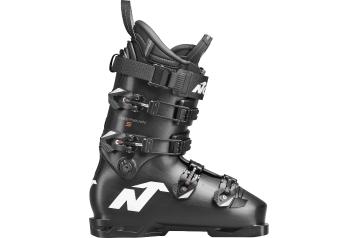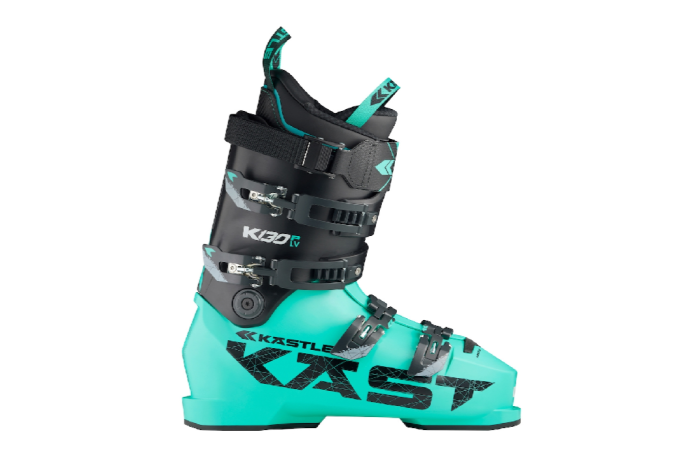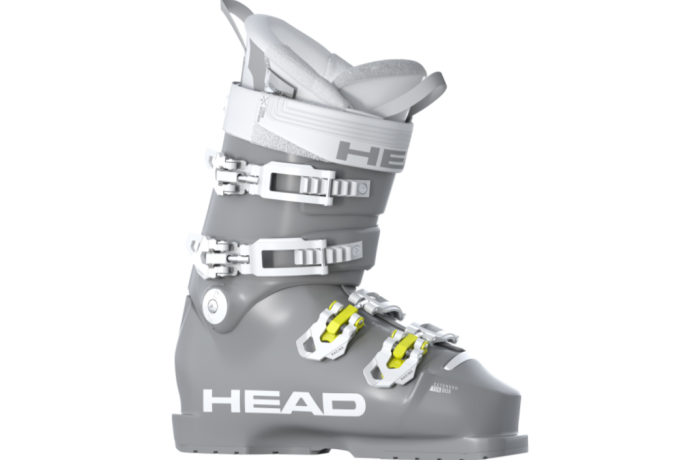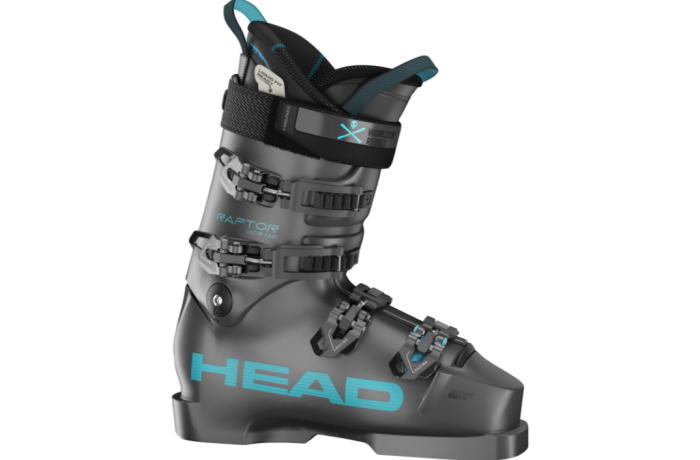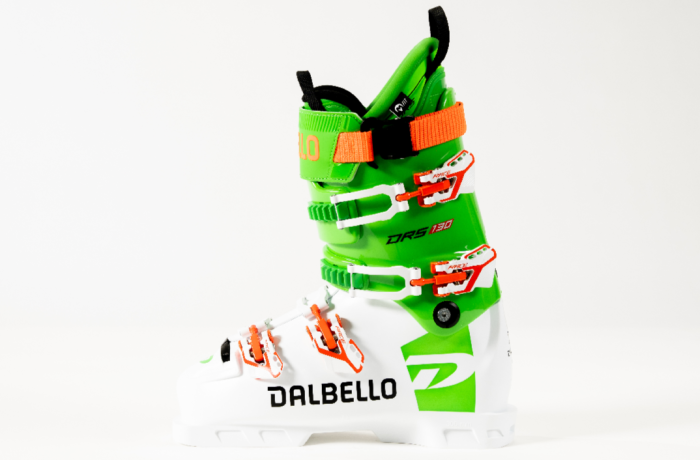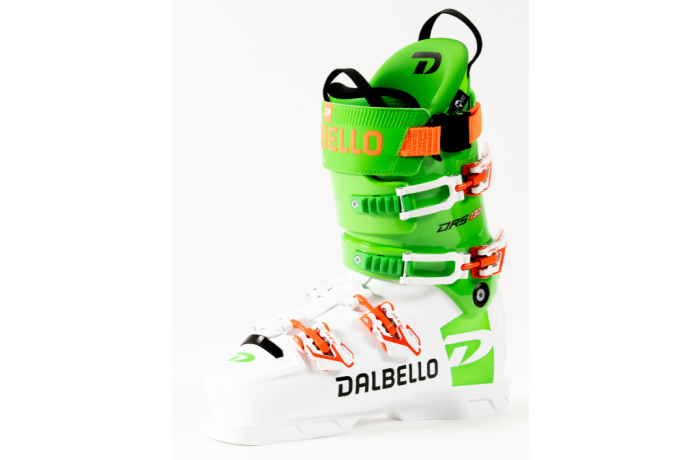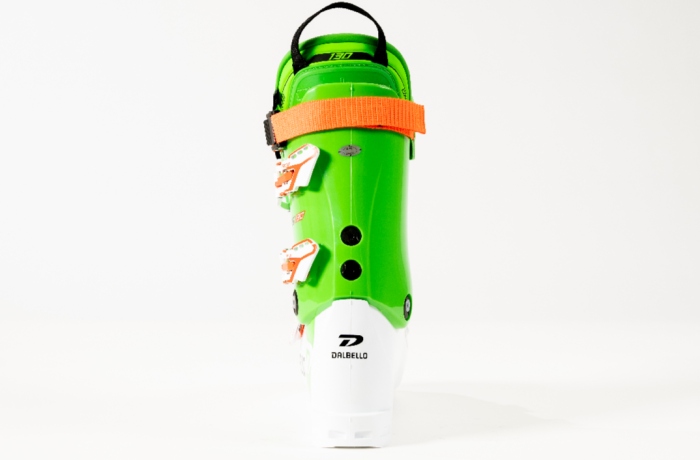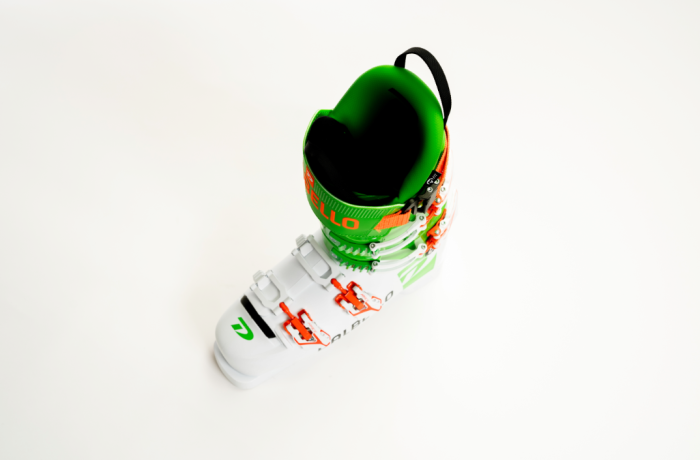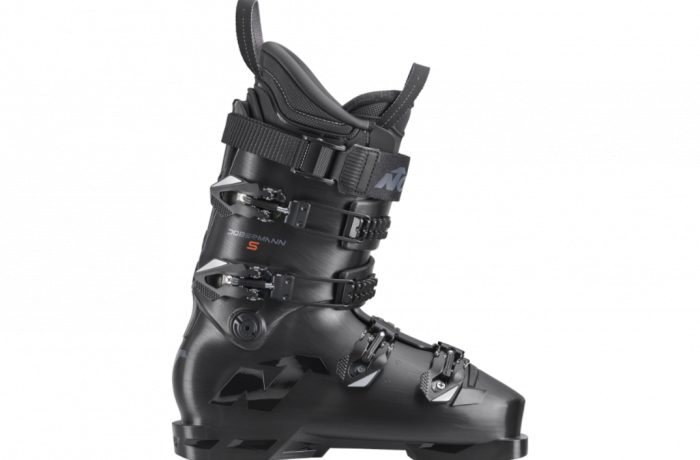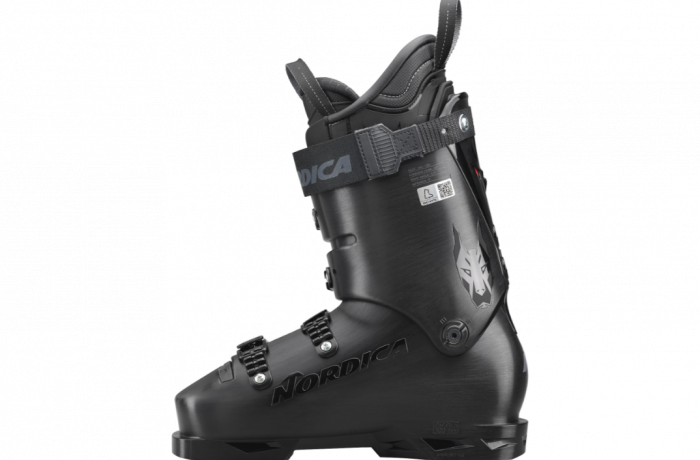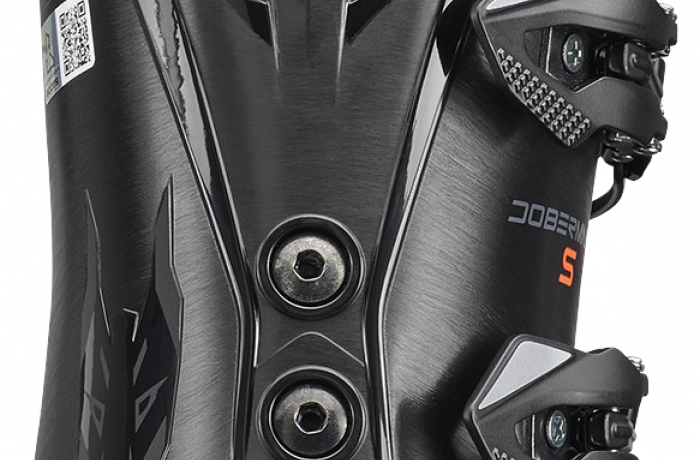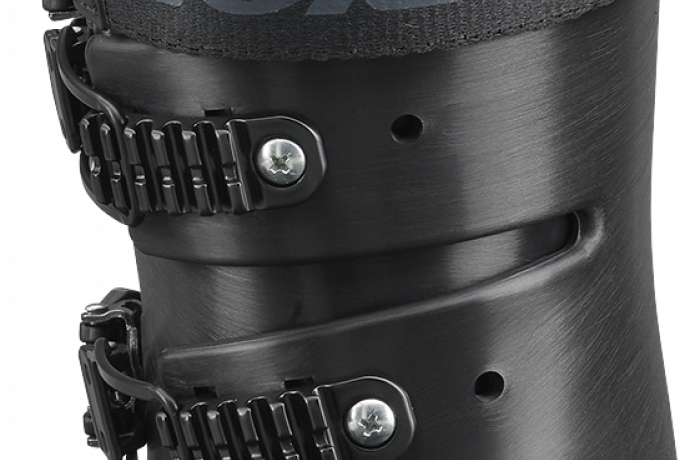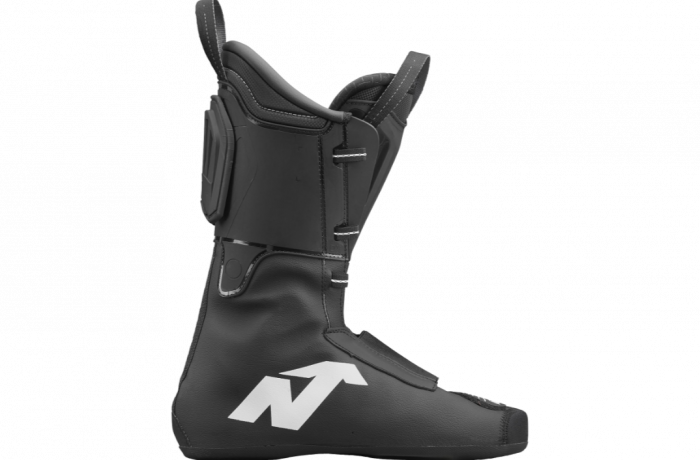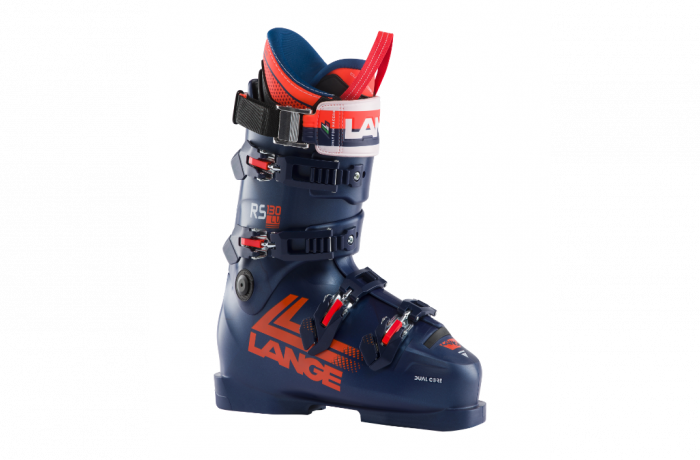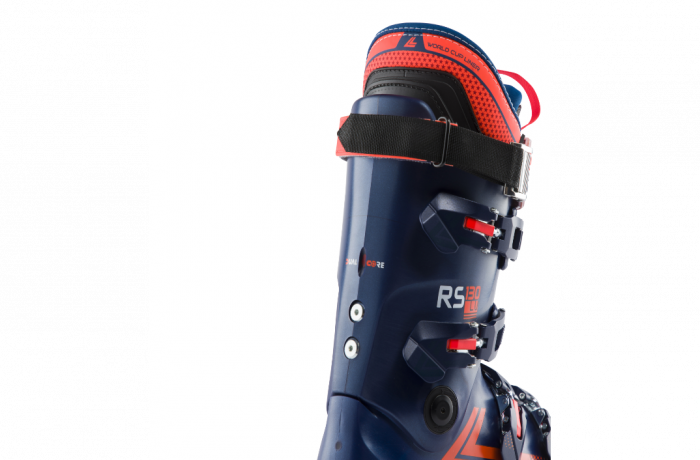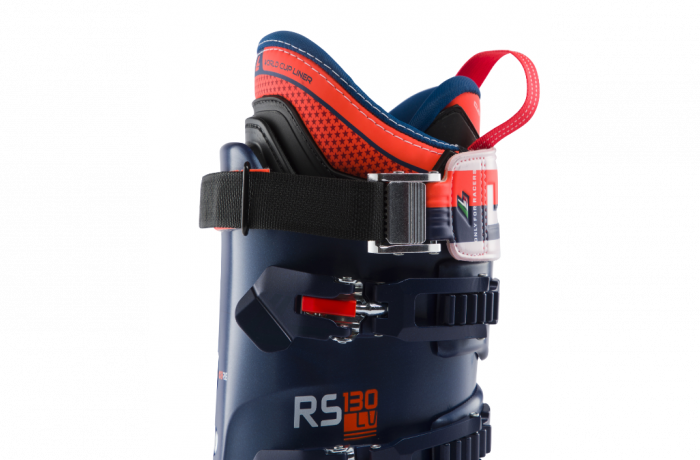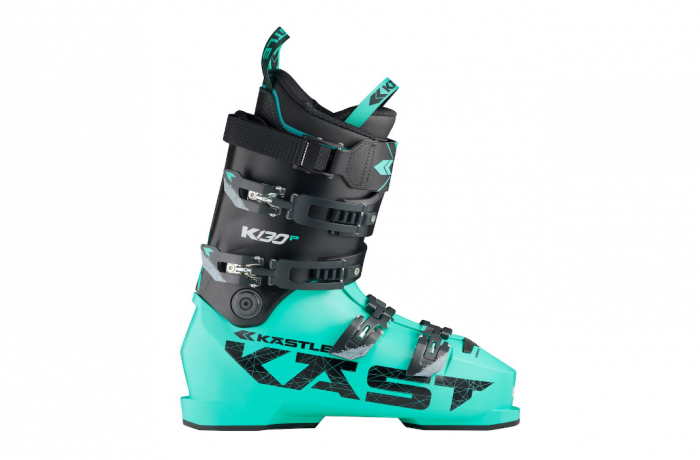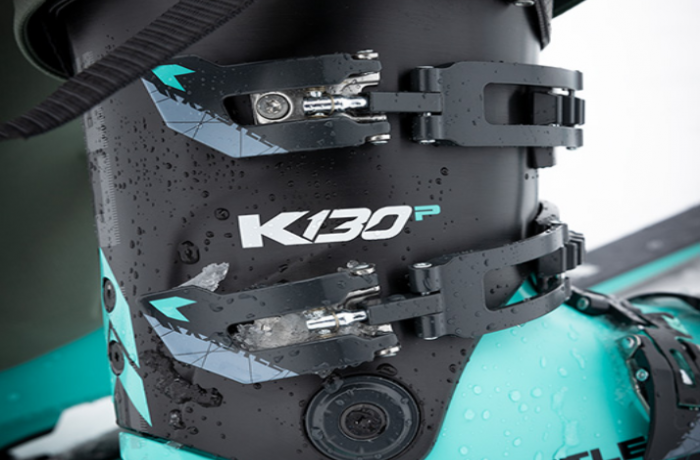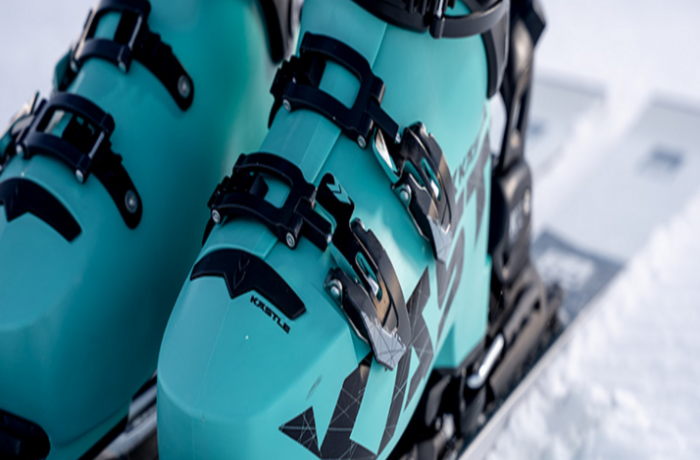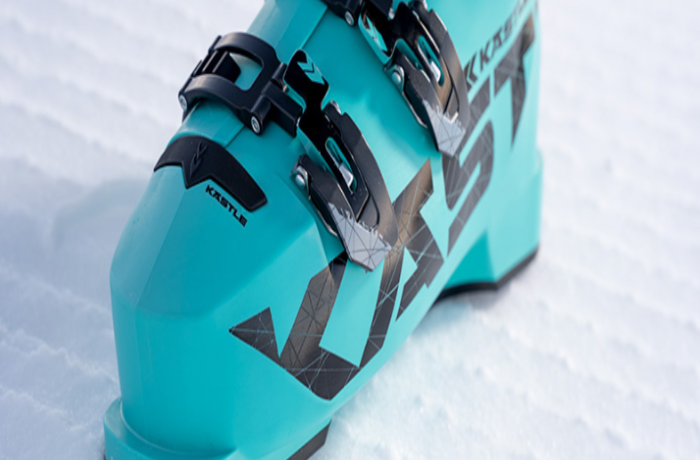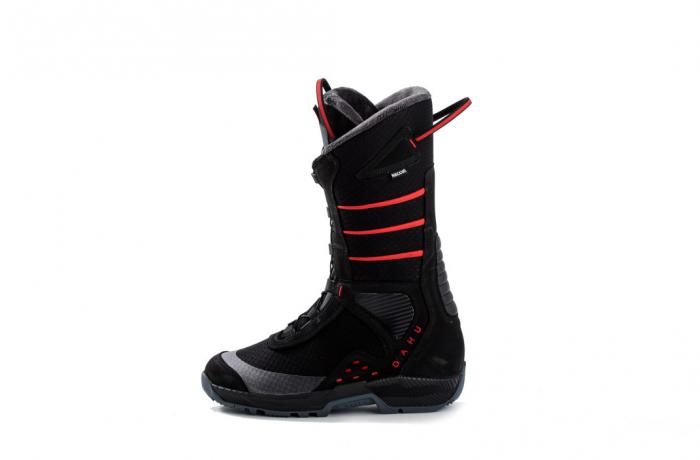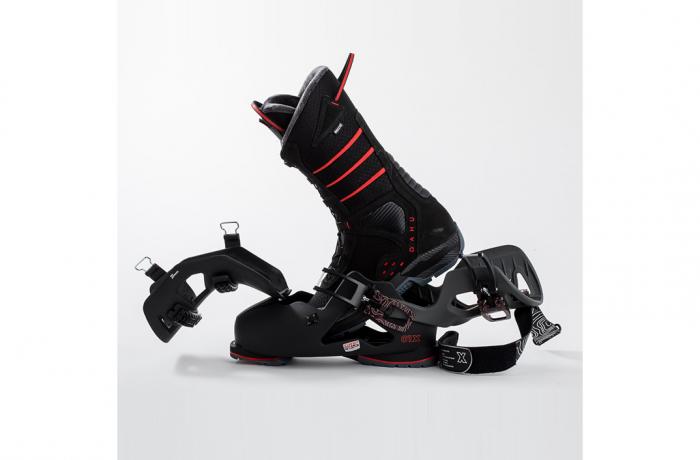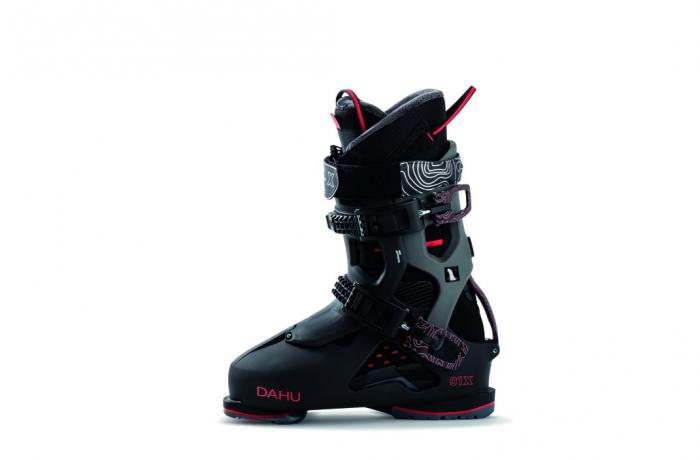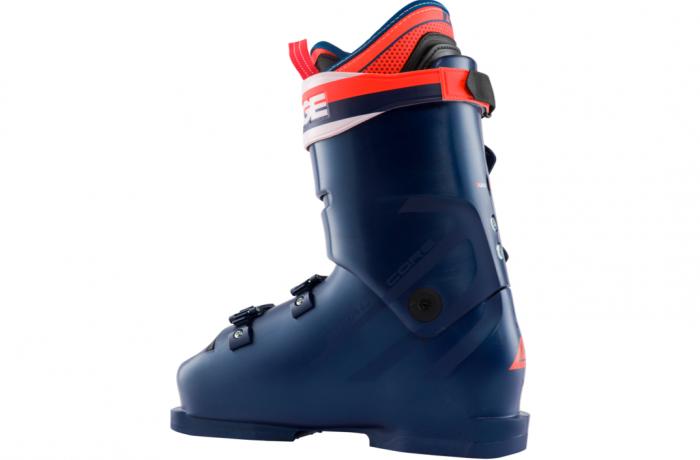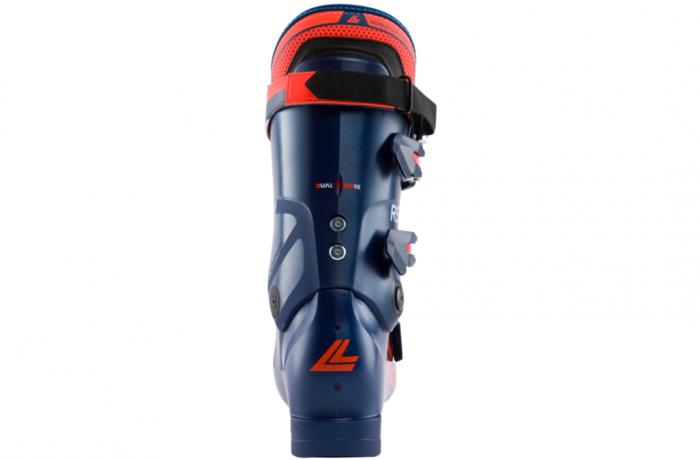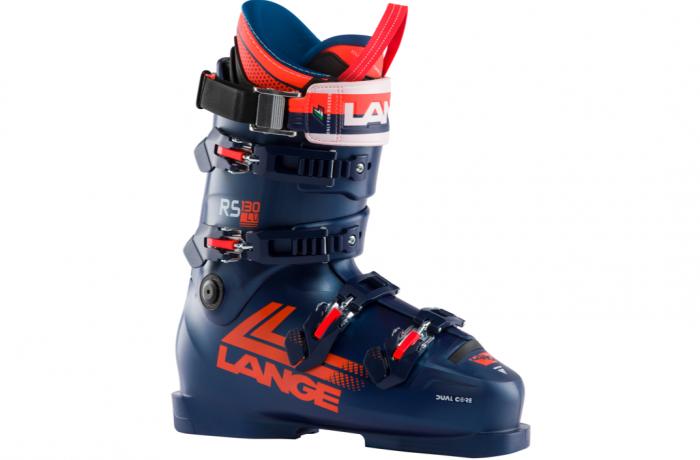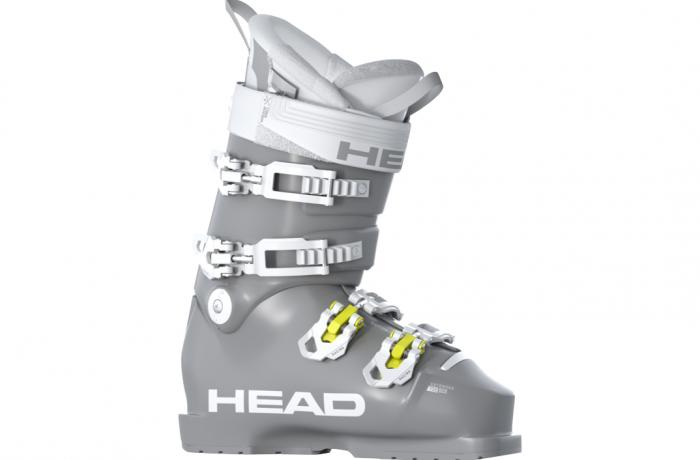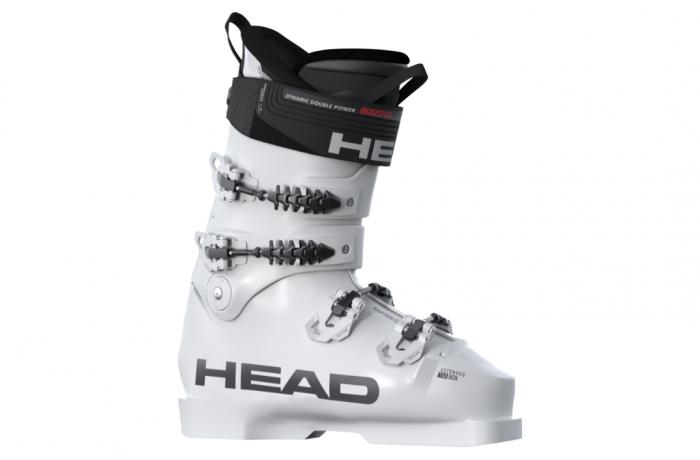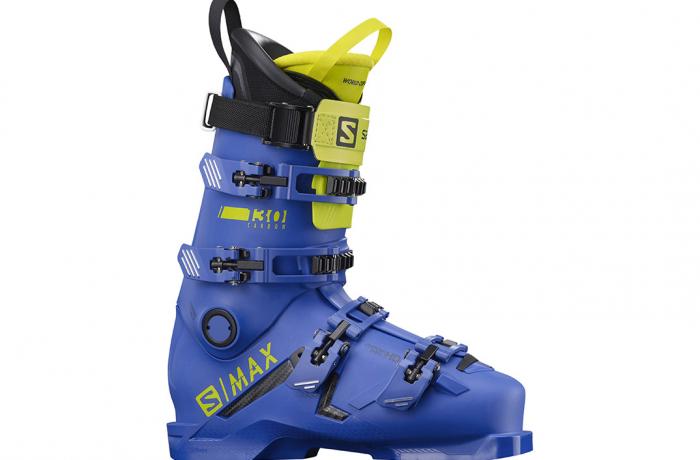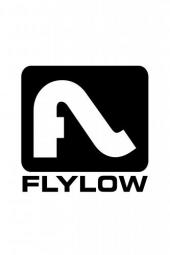The Frontside category of boots attracts a particular type of skier--usually this person is technically skilled and often has some formal ski training background like coaching, racing, instructing and perhaps takes part in an advanced lesson or workshop of some sort from time to time. The Frontside-curious skier understands that skiing is a sport and accepts that athleticism is a requirement, to some degree. If you're nodding your head at this you may be intrigued by the Kastle K130P LV, as we have been since its recent introduction to the market.
It's not uncommon for the technically-minded skier who owns several pairs of skis with waist widths under 85mm to be similarly turn-centric on the road. Frontside skiers are often avid drivers and motorsports enthusiasts. If you prefer driving a stick, disdain ABS and traction control and immediately search for sport or manual mode in rental cars, you most definitely should have a look at the K130P LV.
Kastle's 130-flex consumer narrow boot eschews nanny-tech. There are no creature comforts. No seat heat. No blind-spot monitoring. It's a polyurethane up, polyurethane down, four-buckle overlap ski-tipping apparatus with a firm, minimalist liner designed to transmit body movement to ski without any loss in translation. It is not a spa day. It is not valet parking. Yes, it's tight on the styloid process, testers agreed but they also assured that issue would be supremely easy to fix with a bootfitter's help.
Speaking of bootfitting, the K130P LV is made for the kind of skiers who will first pound out several days of hard skiing in some discomfort before they see their bootfitter to ensure that where they thought their feet hurt on day 1 still hurt on day 5, just so they don't accidentally ask for more grinding than they really need. By day 5, the slight shearing movement of the liner inside the shell (one of testers' few complaints about the Kastle) will have been eradicated by its broken-in stretch-out, and sure enough most of those minor hot spots will have vanished as well. Testers mentioned that after only three test runs the liner fit and movement inside the shell had improved. But no, the Kastle K130P LV is not initially one of those luxuriant first-fit experiences where a skier wonders if the boot might be too big, too soft, too comfy from the get-go. Nope, the K130P LV is not that. It's a little difficult to get on. It's tight like a narrow frontsider shoud be. It reminds the wearer that he or she is a skier, and that real ski boots do still exist. And then will come the questions of faith--in oneself--am I skier enough to ski these? Do I ski well enough to wear this weird color?
Testers who hadn't skied a Kastle boot previously were surprised by how dialed its stance is and how well it skied. Massively powerful and quick, the K130P LV appealed to our most aggressive testers who went looking for the hardest morning-frozen Spring corduroy to see how well it would drive a frontside carver--and it did, right with the perennial best boots of the category. While testers may have found a few places where those category benchmarks edged it out for the podium, these were generally minor fit and convenience quibbles. Savvy testers point out that the real challenge might be finding one of these at retail to try on--so start your search early.
